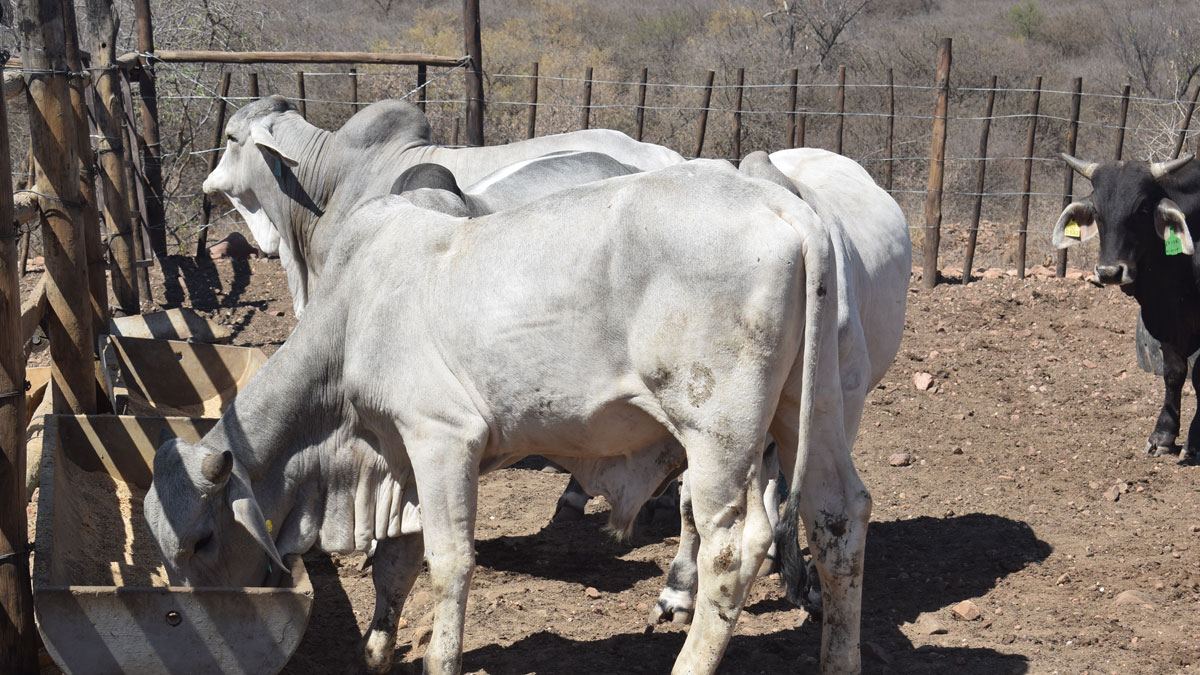To achieve its dream of becoming both an export-led economy and producing enough food to feed its people, Botswana has been advised to tap into Agriculture’s potentially lucrative value chain.
Assistant Minister of Agriculture, Molebatsi Molebatsi, is adamant sectors such as: cattle, small stock, piggery, dairy, poultry, aquaculture and agro processing have huge potential for investment.
For the longest time, the country has relied heavily on imports for the bulk of its food commodities – an over-reliance deemed unsustainable in the long run.
Speaking at a Buyer Seller Meet with the Multi Product Indian Business Delegation in Gaborone recently, Molebatsi said, “Botswana import most of its food, it became evident during the Covid-19 pandemic that it is not suitable in the long run. The country has vast amount of land available for agriculture, a partnership can be explored to dedicated pieces of land to produce for the Indian Market, especially from products that are in high demand for their market.”
One such gaping hole is the cereal sub-sector (maize, sorghum etc), where local production is currently only able to satisfy half of the 300, 000 metric tonnes demanded by the nation every year.
The horticulture sub-sector, which includes vegetables such as potatoes and tomatoes, faces a similar deficit. Annual demand sits at 112, 000 metric tonnes while production hovers at around 73, 000.
Previously, the country turned to South Africa to help fill the gap.
However, this route was extinguished at the start of 2022, when, with precious little warning, govt imposed a two-year ban on the importation of 16 vegetables – a list that includes almost all the big-hitters.
Similarly, the diary sub-sector is bursting with unfilled potential.
At the moment, levels stand at just 6.2 million litres a year, less than ten percent of the 65 million required by Botswana.
The situation is even bleaker in areas such as Aquaculture, which is still at an infancy stage. Currently, home-grown production is able to satisfy just 3 percent of the annual national demand for 5, 000 metric tonnes.
“As a result, the sector has a huge potential and opportunities to be exploited in order to create wealth and sustainable jobs, especially for the rural economies in Botswana,” maintained Molebatsi.
Highlighting the extent of the possibilities that lurk just below the sector’s surface, the Assistant Minister added, “Local producers are faced with numerous challenges relating to the vital services during the production process such as soil tillage, planting, spraying and harvesting. The same applies to other inputs such as herbicides, seeds and pesticides which are imported hence the need of setting up facilities to manufacture all this will be a welcome development.”
Molebatsi further noted that value and supply chain development should also be extended to agricultural inputs, such as fertilizer.
In 2019/20, 12,800 tonnes of fertilizer was bought at the value of P9.9 million while the following year this dropped to 8, 669 tonnes (at a cost of P6.7 million).
This figure fell again last year, when 5, 812.72 tonnes of fertilizer was imported to the tune of P4.4 million.






